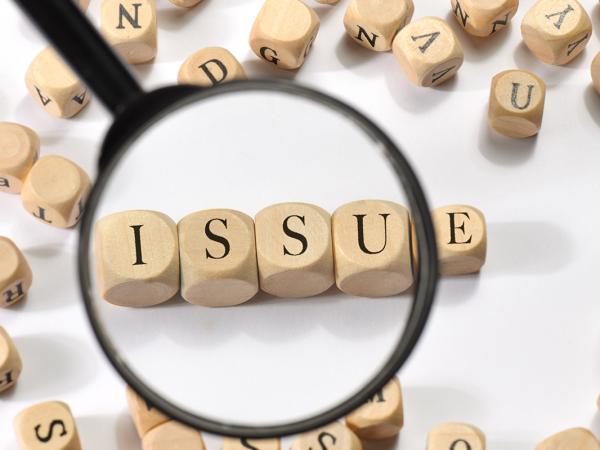Pensions auto-enrolment: resolving problems
If you meet the eligibility criteria to be auto-enrolled into a workplace pension, then your employer must usually do so. Here we look at what you can do if you are concerned that your employer is not meeting their auto-enrolment responsibilities.

Content on this page:
Overview
We set out the eligibility criteria for auto-enrolment on our page Pensions: auto-enrolment into workplace schemes.
If you have not been auto-enrolled but think you should have been, or you think you have been auto-enrolled late, the first thing to do is to talk to your employer. There may be a legitimate reason – for example they may have decided to postpone you.
Postponement
It is possible for an employer to legitimately postpone offering a pension scheme to their staff for up to three months. This means that if you are with an employer for a very short period only, for example in a seasonal job, you might not be offered auto-enrolment, even if you are otherwise eligible.
Incorrect contributions
Usually, pension deductions will be based on ‘qualifying earnings’, unless (rarely) a different method is used.
Check your contributions are being calculated correctly – for example, that your employer is remembering to deduct the correct threshold and is not calculating contributions on all of your pay.
Employers can sometimes muddle up net pay arrangement and relief at source contributions via the payroll, which means that either:
- tax relief is given twice (where your scheme is set up as relief at source, but your employer is deducting them from your pay as if it was a net pay arrangement), or
- tax relief is not given at all (where your scheme is set up as a net pay arrangement but your employer is deducting them from your pay as if they were relief at source).
Missing contributions
Check that your employer is paying over any pension contributions they are deducting from your wages by looking at your pension statement (which might come to you each year on paper or you may be able to log in to an online account to see your pension). Employers should be paying into the pension scheme both your contribution and their employer contribution.
As discussed on our page outlining contributions, employees and employers should typically, between them, contribute 8% of qualifying earnings to a workplace pension. You will need to allow some time for the contributions to be recorded by your pension scheme. After that if there appears to be some money missing from your pension pot, your first course of action should be to contact your employer to ask what has happened.
Whistleblowing
If you are concerned about the way your employer is dealing with auto-enrolment or managing your workplace pension, you can contact The Pensions Regulator (TPR) using their whistleblowing service on their website.
TPR works to ensure employers meet their auto enrolment responsibilities and pay the correct pensions contributions into the scheme on behalf of their staff. It can penalise employers if they fail to do this. For more information on what they expect from employers, see their guidance for business advisers.



